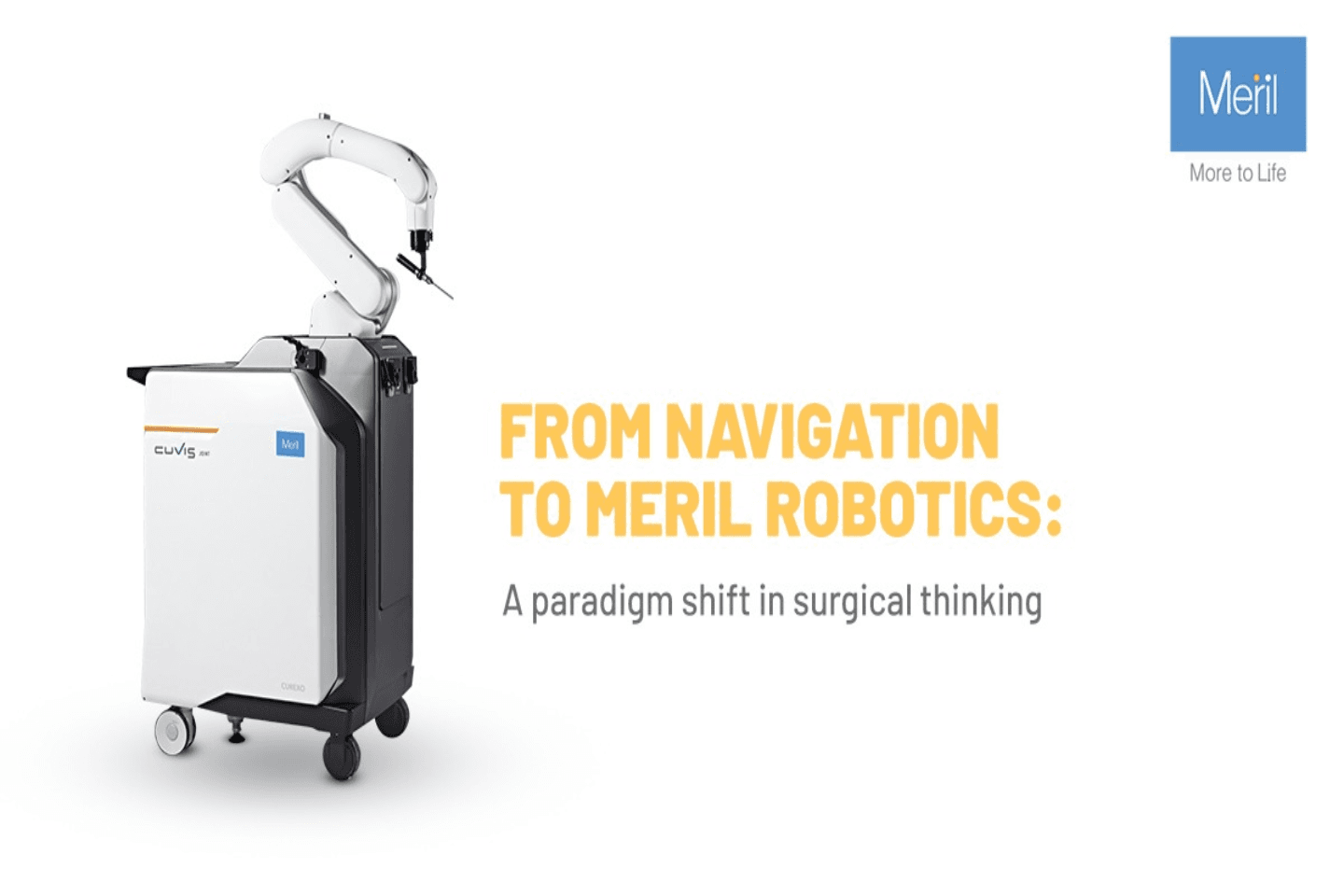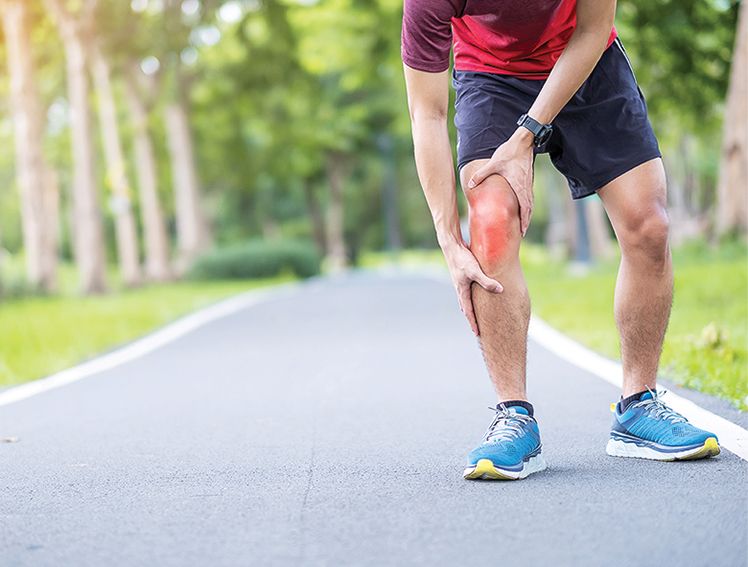
Navigation vs. Robotics: A Transformation for a Better Surgical Experience
Introduction
Joint replacement industry has always witnessed topics which led to division of houses. Surprisingly, all the parties were able to find some backing in clinically published results, and thus no one was really correct or wrong for their stance. If we are to mention some of these topics here: “Which implant type is better for knee replacement CR or PS? Should we do patella resurfacing? Is partial knee replacement really beneficial against total knee replacement?” and the list goes on. One of such topics which has divided houses in recent times: “Is robotics really worth the attention it is receiving or is just another commercial move of an industry after the navigation hype around 11 years back in 2009?” But in recent times, the setting has changed considerably with an increase in backing for robotics.
Let’s understand early 2000’s, when navigation technology made its launch. At conferences, topics like "How to balance the TKA?" used to set the tone for extensive discussions. The number one, out-of-discussion belief of the perpendicular tibial cut: "you shall always cut your tibia straight" (i.e. mechanical alignment). Have taken a 90.0° tibial cut? Bull's eye, that knee must perform perfect. Another belief that was never questioned was the targeted alignment. Irrespective of the patient's native HKA alignment: "you shall always end up with a straight leg". It’s one of those beliefs, which led to the downfall of a navigation technology as well.
When any new introduction of technology or procedure should ease out the current approach, navigation instead increased an average operating period. Things like putting on the trackers, registration of the articular surfaces takes time. Cuts are performed with the help of a handheld saw and jigs. But if you want accuracy, you need to double-check the accuracy of the cuts with navigation, and if found inaccurate (possible causes: unstable saw-blade or jig, sclerotic bone or even human error), you need to correct the cuts with new manual cuts. So nowhere time gains, only delays. Thus, time consuming nature of navigation, and despite being more accurate it couldn’t lead to better clinical results.
Now almost 11 years later, Robotic Total Knee Arthroplasty (TKA) surgery is the new big hit. And nothing seems to stop the success for it. At present level, clinical outcomes are promising, surgical adherence is growing, patient follow-up studies are also working in its favour. Augmenting navigation with robotic execution offers a lot of benefits: accuracy, time-efficiency, soft-tissue handling (haptic feedback) and consistent outcomes. These benefits are very important but aren’t the only reasons for current hit trend of robotics. What has changed from 2009? What else has happened between 2009 and 2020? TKA surgeons have surely come a long way with their beliefs and understanding of overall procedure.
An Era of Individualism (personalized planning for every case):
Surgeons in 2020 have a unanimous belief that ‘each knee is unique and should be treated in an individualized or personalized manner’. This belief completely contradicts with the earlier thoughts of straight cut fits all or even the mechanical alignment approach for tibial cut. One of the biggest advantages of having robot is its capacity to analyze patient’s unique body anatomy and soft-tissue envelope. This analysis helps surgeon to have a personalized plan in place before going for the surgery. If there’s something which separates year 2009 with 2020, then it is this individualism and a qualitative approach for joint replacement surgeries.
Thus in 2009, technological advancement of navigation was still a time-consuming process with the requirement of doing accuracy checks, and most importantly chasing a suboptimal target. Whereas in 2020, we are able to figure out the best possible way of treating each knee with the personalized touch for optimal outcomes.



